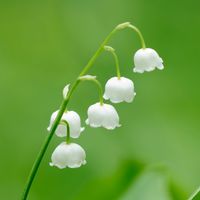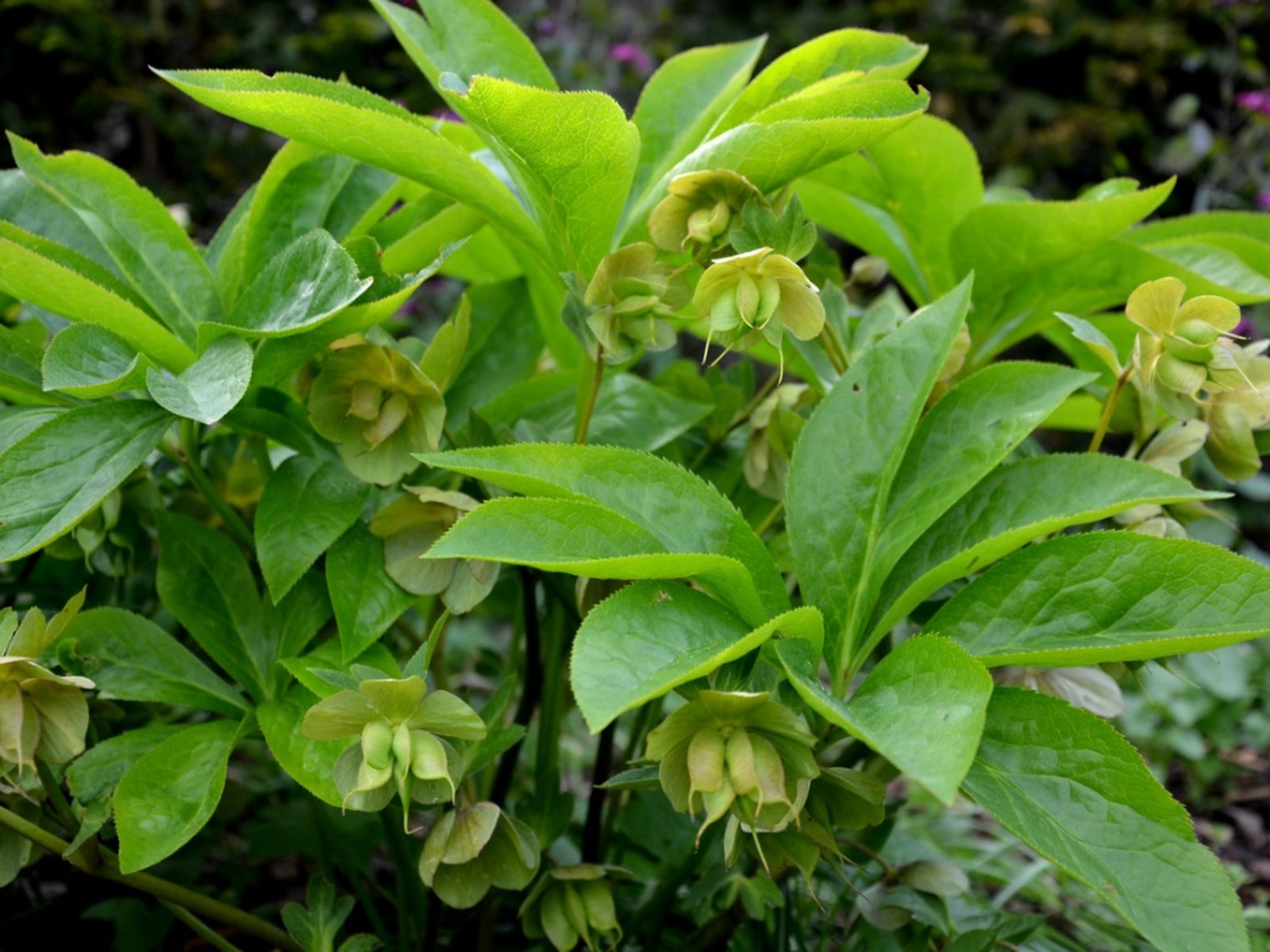Hellebore Seed Harvest: Learn About Collecting Hellebore Seeds


If you have hellebore flowers and want a helluva lot more of them, it’s easy to see why. These winter-hardy, shade perennials exhibit a unique beauty with their nodding, cup-shaped flowers. So, you will no doubt want to learn more about collecting hellebore seeds.
Caution: Before Collecting Hellebore Seeds
Safety first! Hellebore is a poisonous plant, so it is strongly advised that you wear gloves when handling this plant for the harvesting of hellebore seeds, as it will cause skin irritation and burning in varying degrees of severity depending on the level and duration of exposure.
How to Collect Hellebore Seeds
Collecting hellebore seeds is easy. Hellebore seed harvest typically occurs during the late spring to early summer timeframe. You will know when the pods are in a state of readiness for seed harvest once they fatten or swell, change color from pale green to brown, and have just begun to split open. Using snips, scissors, or pruners, trim the seed pods off the flower head. Each seed pod, which develops in the center of the bloom, will have seven to nine seeds, with ripe seeds being characteristically black and shiny. Seed pods normally split when ready for collection but you can gently pry seed pods open and then proceed with the harvesting of hellebore seeds inside once they’ve turned brown. If you’d prefer not to monitor your hellebore daily for that telltale pod split, you can place a muslin bag over the seed head once the pods start to swell. The bag will catch the seeds once the pods split open and prevent the seeds from scattering away onto the ground. Once the seed is collected, it should be sown immediately, as hellebore is a seed type that does not store well and will lose its viability quite rapidly in storage. However, if you wish to pursue saving the seeds, place them in a paper envelope and tuck them in a cool, dry place. One note: if you are under the impression that your hellebore seed harvest will produce hellebores identical to the plant that you collected them from, you might be in for a surprise, as the plants you grow most likely will not be true to the parent type. The only way to assure true to type is by plant division.
Sign up for the Gardening Know How newsletter today and receive a free copy of our e-book "How to Grow Delicious Tomatoes".

Shelley Pierce was a writer for Gardening Know How, contributing to hundreds of articles for the site.